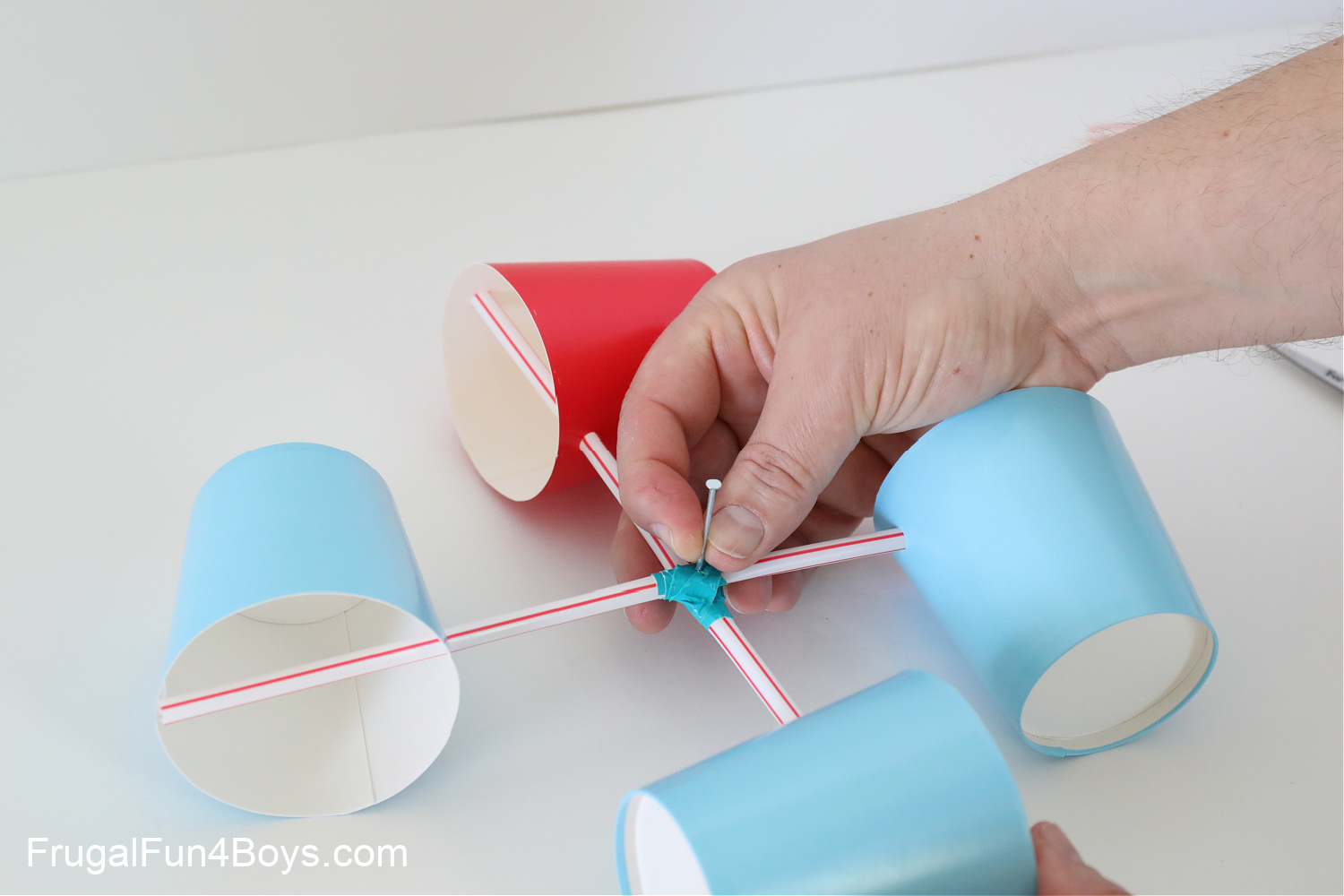All You Need to Know Concerning Anemometers: Just How They Work, Why They Issue, and Where to Utilize Them
Anemometers, though often ignored in the world of scientific tools, play a critical function in numerous fields, offering important understandings into wind rate and airflow patterns. Understanding the auto mechanics behind these tools is necessary for anybody seeking to harness the power of this data. From meteorologists tracking climate patterns to designers making frameworks with wind lots in mind, the applications of anemometers are varied and far-reaching. As we look into the intricacies of anemometer modern technology, we will certainly discover the inner operations of these tools, their importance, and the crucial factors to consider when selecting the appropriate anemometer for particular applications.

Anemometer Basics
An essential instrument used to determine wind speed and instructions, the anemometer plays a vital duty in weather forecasting and different sectors. An anemometer usually consists of 3 or 4 cups that rotate in the wind, a vane that directs right into the wind, and sensing units to track the movements or rotations.
There are numerous kinds of anemometers readily available, consisting of cup anemometers, vane anemometers, hot-wire anemometers, and sonic anemometers, each with its special functions and applications. Mug anemometers are typically utilized for fundamental wind rate measurements, while vane anemometers are chosen for directional measurements. Hot-wire anemometers are suitable for reduced airspeeds, and sonic anemometers are optimal for high-precision measurements in research study and industrial settings. Understanding the fundamentals of anemometers is vital for exact wind data collection and evaluation throughout different markets.
Concepts of Anemometer Procedure
Building on the foundational understanding of anemometer basics, the concepts of anemometer procedure elucidate the auto mechanics behind wind speed and instructions measurements. Mug anemometers, for circumstances, have three or even more mugs that catch the wind, causing them to spin faster as the wind rate increases. Hot-wire anemometers count on a warmed wire that cools down as wind passes over it, with the price of cooling down identifying the wind speed.
Relevance of Anemometers
Anemometers play a vital duty in gauging wind rate and direction, offering vital information for weather condition projecting, environment researches, ecological surveillance, and aeronautics procedures. Meteorologists rely on anemometers to gather exact wind information, helping them understand weather patterns, predict tornados, and problem prompt warnings to the public. Wind ranch operators use anemometers to evaluate wind conditions and maximize electricity manufacturing from wind generators.
Applications Throughout Different Industries
In the eco-friendly power field, anemometers play news an essential function in analyzing wind conditions for wind ranch positionings, making sure ideal energy production. Industries like building and construction and mining make use of anemometers to keep track of wind rates, vital for safety and security methods, especially when working at heights or in open-pit mines where solid winds can posture dangers. In farming, anemometers aid farmers in taking care of plant spraying by supplying real-time information on wind rate to stay clear of drift.

Selecting the Right Anemometer for Your Requirements
Picking the suitable anemometer tailored to your certain requirements is crucial for acquiring precise wind rate and instructions dimensions. When picking an anemometer, consider elements such as the desired application, required measurement range, environmental conditions, and preferred attributes. For basic objectives, a mug anemometer appropriates for determining wind speed, while a vane anemometer supplies wind direction data. Hot-wire anemometers are ideal for low airspeed measurements, and ultrasonic anemometers provide high accuracy and toughness.

Conclusion
In final thought, anemometers play a vital role in determining wind rate and direction throughout various markets. It is vital to consider the value of anemometers in order to make educated choices when picking the most suitable device for measuring wind conditions.
There are numerous kinds of anemometers available, including mug anemometers, vane anemometers, hot-wire anemometers, and sonic anemometers, each with its distinct functions and applications. Mug anemometers are commonly utilized for standard wind speed measurements, while vane anemometers are chosen for directional dimensions. Hot-wire anemometers are ideal for reduced airspeeds, and sonic anemometers are suitable for high-precision measurements in research study and industrial settings.Building on the fundamental understanding of anemometer essentials, the principles of anemometer operation illuminate the technicians behind wind rate and direction measurements. For general functions, a mug anemometer is ideal for gauging wind speed, while a vane anemometer offers click here to find out more wind direction data.